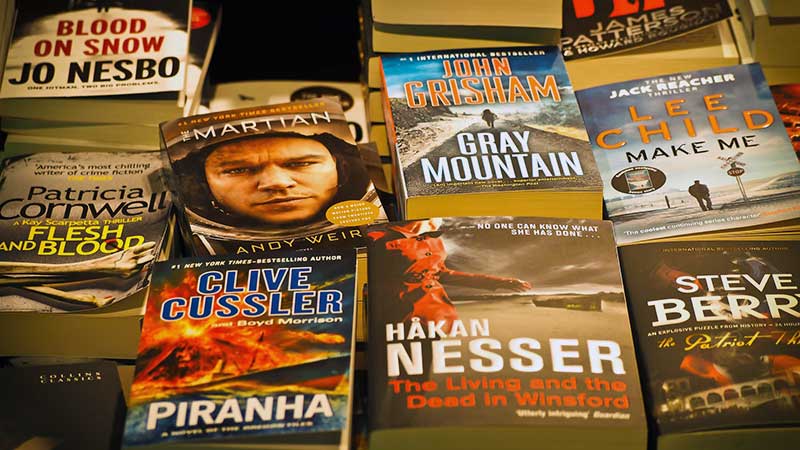
A creative brief is a document wherein the strategy of a creative project is outlined. It contains the key information of a project viz. project’s purpose, goals, communication, requirements, demographics. A creative brief is prepared in the project initiation phase and helps the creative team better understand a project from start. It is shared with key stakeholders and clients.
They may differ in length and size but the basic layout of all the creative briefs is the same. Also, one size doesn’t fit all, and creative brief templates differ depending on the size and goals of a project.
Nowadays, electronic creative briefs in marketing come in handy. The briefs are customizable so you can design them to only cover the information necessary for that specific type of project.
Basically, you just have to clarify the who, what, where, when, and how of the project being delivered. Good questions are the building blocks of effective creative briefs. If the right questions are asked in the right language then you can make a creative brief that will make your life easier.
How to write creative brief?
From the beginning, a creative brief puts everyone on the same page before the launch of a project. Clearly, you can’t design something that is not specified. Every project needs a purpose, objectives, expectations, and a clear reason for it to get materialized. In a creative brief, you articulate the vision and justify its benefits. You plan how you will target your audience.
A well-written creative brief saves you time. A creative brief isn’t just a document, it’s a tool that explains clear and thorough communication from the beginning of the design process. With a creative brief, accountability and communication are maintained and followed up. Establishing parameters at the outset goes a long way toward smoother process execution.
A creative brief brings clarity upstream, minimizing difficult confrontations during the review and approval cycle. The creative briefing process is as much about anticipating hurdles as understanding and aligning objectives. It’s better to get clarification during the planning phase than when you’re in the middle of proofing.
The design brief should act as your guiding instrument. It should be understood that time spent on a well-designed brief is an investment that pays off in the end with improved processes, a higher quality of output, and, importantly, a more trusting relationship between your team and client.
Suggested read: How to Write Outline for Novel

What does a creative brief contain?
1. Project background and context: You need to know the ‘why’ of the project. Know what are the challenges or the opportunities therein. Document only what is most important and relevant to the task at hand.
2. Target Group: You should thoroughly know your target audience. Until or unless the beneficiaries are understood, you won’t be able to package your offerings to the optimum.
3. Viable Deliverable details: This is the phase where the client really unveils the overall vision they have for the project. In this phase questions are asked, clarifications sought, and two communication between the client and the team happens. The client’s vision and expectations should be marked out as precisely as possible.
4. Communication: One should first understand what exactly is it that the project evokes. Then segment one’s target group and finally structure the message sticking to both of these parameters. It is also called the big idea. The entire messaging happens around this idea.
5. Campaigning: This is the section where the “how” gets answered. It is here that the clarification of tone, color, font, size, logo specs, and any other pertinent guidelines are communicated to the external world.
What are the types of creative briefs?
Creative briefs are called “briefs” for a reason, and not all creative projects look alike. Creative briefs don’t always come in “one size fits all” packages. There are mainly three types of briefs:
- Tier 1: Here the ambiguous part of the work is addressed. It specifies where to start and where to head on from there.
- Tier 2: Here the work is executed based on some previous testimonies. It deals with already defined and completed work and doesn’t need quite the detail that a Tier-1 creative calls for. It should be used judiciously and with great caution.
- Tier 3: It is the briefest brief of all. Here a templated work is edited and revised. It shouldn’t be done on auto-pilot and some attention to detail is required. The uniqueness of a project should be arrived at and accordingly conveyed.

Who should pan out the creative brief?
There have been debates about who should fill out the creative brief. Is it the client himself? Or is it the creative director? The designer/writer assigned to the project? Or is it the account manager? The answer is- it depends.
To save time and later disappointments, have an initial meeting with your client to fill out the creative brief together and get clarification as needed. It applies to both; whether you’re an agency or an in-house team.
Alternatively, you can also use Marketing Work Management software with built-in creative briefs. Here, upon the initial request, the client is required to provide certain information for the team. Even in this case, as a best practice, it’s recommended that you take the time to meet with the client and ensure that everyone is on the same page before production begins.
Summing up, creative briefs are a must for streamlining the whole process. A well laid out and pertinent brief, targeting your core audience with a relevant message is the need of the hour.





